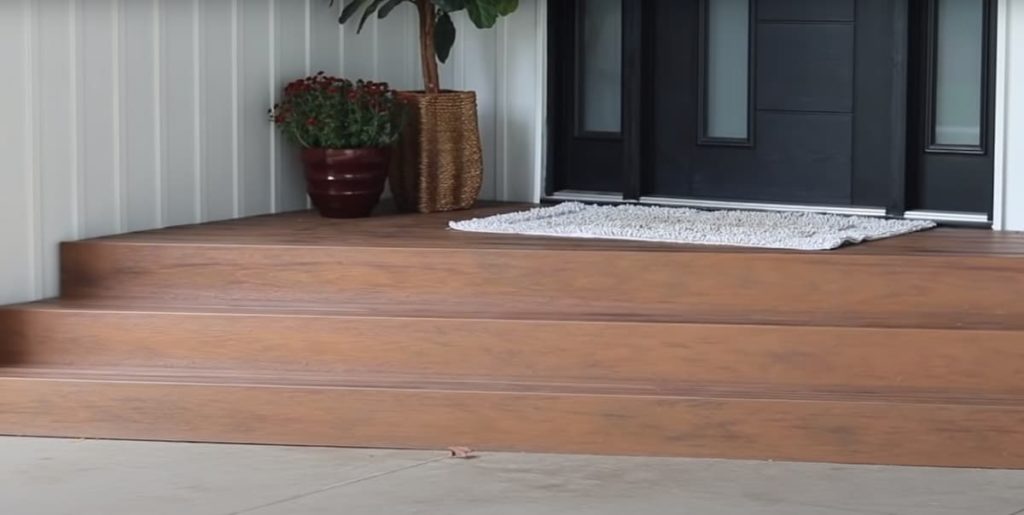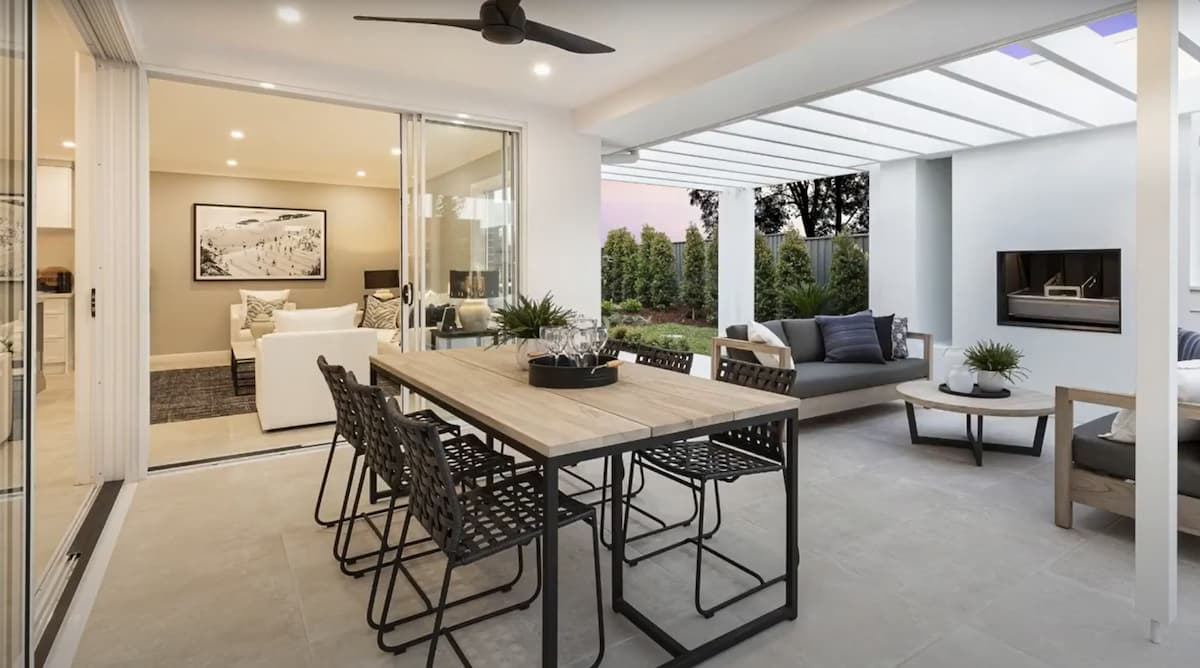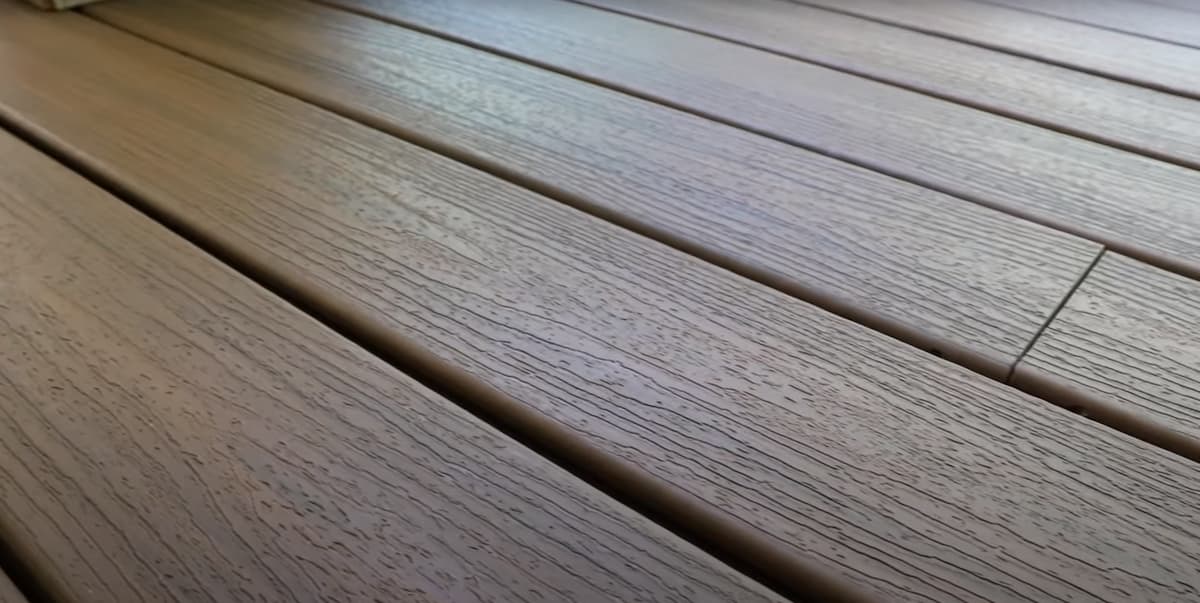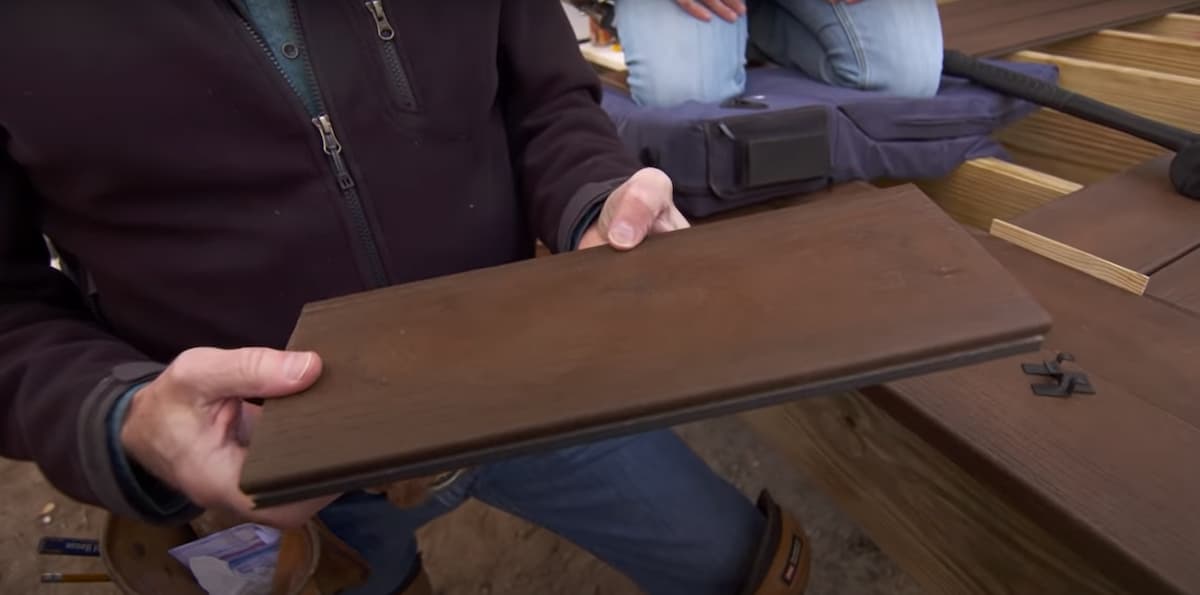Timber decking is a great addition to any home and the materials available allow for a wide variety of looks and styles. However, if you are planning on doing things DIY style there may be some decisions you need to make.
You wish to construct a natural wood deck. Nothing compares to the beauty of natural wood, so you’re off to a good start. All you have left is to select your decking material. Rather than examining each species of timber that is designed for outdoor usage, consider these seven most common decking timbers first. One of them may almost certainly be ideal for your deck and wallet.
There are numerous types of timber that can be used for decking including pinewood, softwood (cedar/redwood), hardwoods such as ash, jarrah, mahogany and Merbau, as well as composite materials such as ipe wood or recycled plastic lumber. Each material has its own set of pros and cons and it is important to consider your time, budget and how much maintenance needs to be done before choosing one. You can find out more about each type below.
Treated Pine Decks
The “new kid on the block” is treated pine. It’s one of the most popular decking materials because it is one of the least expensive and can create a nice appearance.
Although you can paint or stain your deck as you like, pine takes stains and paints beautifully. Treated pine, on the other hand, is not all created equal. The “H” (Hazard) rating may tell you whether it’s safe for outside use and whether the posts can come into contact with the ground. A competent decking supplier could be able to advise you on the appropriate “H” rating for your decking, joists, posts, and other components.
Advantages of treated pine decking:
- It’s simple to obtain, can be produced in large quantities, and is relatively cheap.
- Easy to maintain and paint
- It’s simple to work with this material.
- After treatment, it’s rot and termite resistant.
Disadvantages of treated pine decks:
- The softwood is easier to damage.
- Longevity is 15-20 years, significantly less than that of hardwoods.
- More frequently than other decking materials, fibreglass panels need to be resealed.
Jarrah Timber Decking
Jarrah is a favourite among homeowners. Jarrah is more expensive than many other decking kinds of wood, but its lovely hue, which ranges from light to very dark browns and reds, makes it a popular choice. Jarrahwood turns a lovely grey colour after time if it has not been properly sealed. Jarrah is fire-resistant and may be used in fire-prone regions, with a durability rating of 2. Australian hardwood Semawood is one of the most durable, sustainable and attractive woods for outdoor use, just ask anyone who owns a deck that has been made out of it.
It is both strong and flexible, making it great as joists for your deck as well as being perfect as decking boards. It’s also naturally resistant to marine borers and fungal decay. If you want an Australian-made product that may last decades, look no further than Semawood.
Advantages of Jarrah timber decking:
- When polished, this gorgeous crimson hue may shine against the wall.
- Highly long-lasting, but flexible enough to handle sharp instruments
- Termites and decay-causing organisms are unable to damage it.
- The leaching of tannin is very minimal.
Disadvantages of Jarrah timber decking:
- More expensive than other woods
- It takes longer to develop than other species, which explains why its availability is limited.
- Regular refinishing is required.
Blackbutt Timber for Decking
Blackbutt is a fire-resistant wood found in Australia. Blackbutt, which is an Australian native, has a lovely pale brown colour and stays fairly constant in hue. If you want to stain blackbutt, it can be done so. If left unclosed, it may check (crack), therefore it could be sealed as soon as possible and resealed on a regular basis.
Advantages of Blackbutt fire-resistant timber decks:
- The hard, long-lasting wood with a lengthy life expectancy
- A rich golden brown that takes stains well,
- Oil-tender, so it requires less upkeep than comparable products.
- Fire-resistant by design.
The disadvantage of blackbutt decks:
- Not termite resistant.
- Surface checking and breaking is a problem for you.
Decking Timber Spotted Gum
Spotted gum (Eucalyptus maculosa), like jarrah and blackbutt, is a suitable option for fire-prone regions. It has a durability score of 2, making it an ideal material for decks. Spotted gum is frequently cultivated in Australia, which makes it an excellent choice from an environmental perspective.
The colour of spotted gum ranges from light brown to dark brown. Spotted gum is a rough, dense wood that shrinks little when compared to other woods. Because it has a low tannin content, it does not “bleed” as some native timbers do.
Advantages of spotted gum decks:
- Available and produced in a manner that is both sustainable and economical.
- Hard and long-lasting, with a 40+ year lifespan
Disadvantages of spotted gum decks:
- It’s difficult to do anything with it
- More expensive than most decking timbers, especially when compared to red oak.
- They are resistant to heat, termites, and decay.
- Tannin may not seep out of the tea leaves.

Merbau Timber Deck
Merbau has been used to make house frames in the past. It is still a common decking material and less expensive than other varieties of decking timber.
The term Merbau refers to tropical hardwood that is resistant to rot and insect damage. The majority of Merbau now comes from Southeast Asian rainforests. Look for sustainably harvested Merbau if you can find it, it may cost a little extra, but it sends the message that we care about the environment.
Advantages of Merbau decks:
- But it’s still readily workable, and it’s somewhat durable.
- The colour is golden brown, which is very attractive.
- This makes the wood more durable and resistant to decay and termites.
- For hardwood decking, it’s very inexpensive.
Disadvantages of Merbau decks:
- Rainforest destruction has occurred as a result of this.
- Tannins are readily absorbed by the soil.
- Regular staining is required, which can erode the low purchase price.
Stringybark Decking Timbers
The name Stringybark (sometimes written stringybark) refers to three distinct hues of red, yellow, and white wood. White stringybark has a durability ranking of 3, so it is not suitable for outdoor use. Yellow stringybark has a durability ranking of 2, making it ideal for decking. Red stringybark is less common than yellow and may be more costly.
Stringybark is popular among deck builders since it is cheap and long-lasting. Stringybark has wormholes and gum veins. Some people enjoy the differences, while others desire a more uniform appearance.
Advantages of stringybark decking:
- Common and cheap
- Termite resistant
- Depending on the type, they are moderately long-lasting.
Disadvantages of stringybark decking:
- Gum veins are a common concern.
- Some types have shorter lifespans and are less durable.
Ironbark Timber Decking
Ironbark is the best choice if you want a deck that may endure indefinitely (or almost). The name derives from the timber’s weight and density. Because of its density, it is a difficult wood to work with, but it has the greatest conceivable durability grade of 1.
Ironbark is a lovely wood with hues that range from pale brown to deep crimson. Aside from being one of the most durable woods, ironbark is also highly fire, termite, and rot-resistant. If you’re shopping for pool decking, ironbark may be your best option.
The advantages of ironbark timber for decking are:
- It’s both tough and long-lasting, with a 40+ year lifespan (on the surface)
- These are not fire-resistant, termite-resistant, or rust-resistant.
- Resistant to tannin leaching
Disadvantages of ironbark timber decking
- It’s difficult to use, and it’s not suited for do-it-yourself projects.
- Oiling’s life is shortened when it’s processed to a lower viscosity.
- Decking timbers are one of the more expensive decking materials.
Which Decking Timber is Considered Best?
When it comes to choosing the finest decking wood, there are several alternatives, with each species having its own colour and hardness features. There is no single best timber for decking, however, there are a few standouts. Each of these has advantages and drawbacks, including cost, lifespan, and sustainability.
Consider where you’ll put the deck. Is it going to be shaded or exposed? Is it going to be a raised deck with steps, or is it going to be a single-level deck? Is it near water? It’s advised to utilize timber species that can survive in the Australian hot climate and are resistant to termites, lyctid borers, and other pests. This implies that hardwoods with a high degree of durability or softwoods treated with a wood-protecting treatment are the greatest options.
Which Timber Decking to Choose?
Decks are made up of dozens of segments, including planks, joists, framework, handrails, balusters, and flanges. Because each component has a different level of exposure to the elements and is used in a variety of ways, you may select diverse woods for them.
A dense softwood, such as treated pine, is popular for posts and framework because it is durable and affordable. It can also be a good choice for deck planks, as it easily absorbs coloured stains. Hardwoods, such as Merbau, are often the preferred choice for decking planks, thanks to their longevity, premium feels and luxurious appearance.
The Durability of Decking Timbers
Outside timber in Australia faces both extremely humid and dry seasons. To withstand the humid and dry periods, decking wood may be sturdy and have low shrinkage and expansion rates. The resistance to decay and pests that a hardwood timber species (represented by “Class”) has is measured in terms of durability. Timbers with a rating of 1 or 2 are the most durable, and they could only be used for decking. Durable timber decking for treads, railings, and bracing can be used e.g. Ironbark (Eucalyptus) tallowwood (Eucalyptus microcorys).
Decking timbers come in a variety of lengths, with most available in increments of 0.8 meters. Depending on the supplier, you may be able to buy timbers that range from 0.8 to 6.6 meters for each piece. Different lengths of wood allow you to customize your deck to meet your needs. Choosing the right timber deck is important rather than just going for the popular decking timber.





